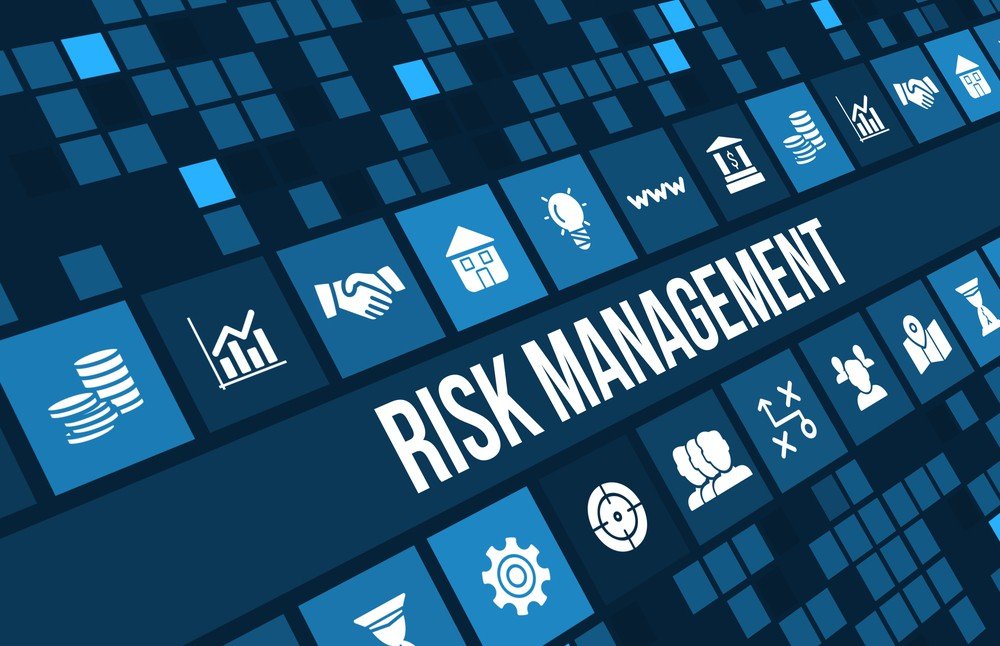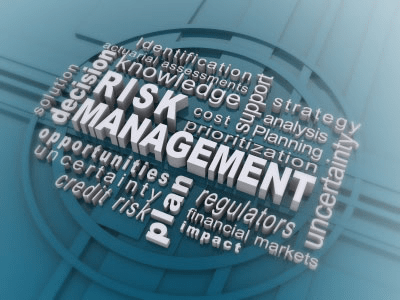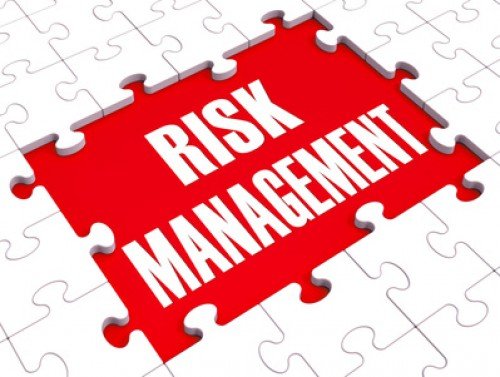
RISK MANAGEMENT IN THE ENTERPRISE
Risk management is the most central and concerned issue in corporate governance systems and business strategies of companies. The Institute for Strategic Leadership Development provides information about risk management to help businesses understand the core nature and help businesses better manage risks.
What is risk management?
Risk management is a scientific and systematic process of approaching risk to identify, control, prevent and minimize the loss, loss, and adverse effects of risk while seeking to turning risks into opportunities for success.
Some common risks businesses face
1. Strategic risks
Strategic risks include deviating the wrong strategy, improperly implementing the strategic intentions, not adjusting the strategy in time when the business environment changes.
2. Competition risk
This is the risk that a competitor will have an advantage over it and prevent it from achieving its goals. For example competitors have cheaper production costs or better product quality.
3. Risks from the economy
Economic conditions increase a company\’s costs or reduce sales.
4. Operational risks
Potential risks associated with an organization\’s day-to-day operations, such as customer care processes. Some argue that operational risks only occur with inefficient and ineffective processes. However, processes that are built to look perfect and are working successfully can still contain risks.
5. Legal risks
There is a risk that new laws are enacted making it difficult for your business, and the business will face costs and damages arising from legal disputes.

6. Compliance risk
Risks when the business violates the provisions of the law. Many times, enterprises are fully aware of complying with the law, but unexpected violations still occur due to carelessness and mistakes.
7. Reputation risk
Reputation risk is the damage that can occur when a company\’s reputation deteriorates because of the company\’s previous actions and practices that have been viewed as fraudulent, dishonest, disrespectful or competent. inferiority. This term often refers to the risk of a severe reputational drop, not just small business scandals.
8. Credit risk
The risk that customers owe money of the business to insolvency. For most firms, this risk is often related to the risk of receivables.
9. Exchange rate risk
The risk is that fluctuations in exchange rates can affect the value of transactions and corporate assets. Usually the exchange rates will fluctuate reasonably because they are influenced by a wide range of political and economic events.
10. Interest rate risk
The risk that interest rates will change will disrupt your business. Interest rates, for example, can increase your cost of capital thereby affecting your business model and profitability.
11. Political risks
Political risk is the probability that political decisions, events or conditions that interfere with a company\’s operations result in a loss. Politics affects everything from taxes to interest rates and political events that can have a significant effect on property prices or the cost of doing business.
Thus, if you consider risks as “diseases”, then risk management like “immune system” helps prevent and treat risks that businesses may face. Without risk management, businesses will have no protective measures and become extremely vulnerable to the fierce market.
Without risk management, businesses will not recognize the risks that may be encountered and take measures to anticipate and overcome the damage caused by the risks, then the business will be at an economic disadvantage, losing reputation, failing to achieve business goals, not optimizing profits, even getting caught up in legal troubles and leading to bankruptcy.

What are the benefits of risk management for businesses?
1. Limiting the wasteful use of cash flow in investments
Risk management can identify costs incurred in investing and growing your business. At the same time, through that, enterprises have an overview of investment – business activities to eliminate redundancy and limit disadvantages.
2. Effective tools in business investment and development
When your business successfully implements a risk management framework, you will have an effective tool to create new business values, new sources of revenue, and successful projects. Full value for businesses.
3. Strengthen corporate governance
Corporate risk management positively supports corporate governance by providing information to the Board of Directors / Members\’ Council of key risks and measures to be taken.
One of the key goals in corporate governance is to ensure that the business operates sustainably and continuously increases its values such as finance, market share, and brand name …
4. Supporting businesses to fulfill their strategic goals
Enterprises need to clearly define risk management not focusing on specific risks but mainly the cause of damage to the business. From there, it supports the management department to improve operational efficiency to minimize the causes of revenue and profit reduction, avoiding passive situations.
When planning to respond to risks, businesses are helping themselves to effectively cope with the business environment, objective changes that businesses can foresee.
In addition, the construction of a risk management system also helps businesses assess the likelihood and impact of bad situations, develop measures to prevent, respond, or manage the effects of bad situations. situation to the business in case it happens.
5. Meeting investors\’ expectation
Currently, businesses may have to disclose their risk management capabilities so that investors and credit rating institutions have a basis for assessing the correlation between earnings and risks. can be encountered.
If risk management firms are good enough to deal with problems more effectively for emerging business risks and of course, such firms will be more attractive to investors.

Risk management notes for businesses
Before building a deployment plan for a risk management system, enterprises need to understand the following points to successfully act.
1. Past events cannot determine current risk management
A common mistake when managing risk is that businesses use the results of researching past things to decide to act in the present. This is not wrong when a risk manager relies on the past to compare with the present, not the present decision.
The latest research has shown that there is no link between past events and what might happen in the future, even if they have the same conditions, the same objects, but it is not certain that they happen. completely the same and the workaround is the same.
2. The answer to the risks is a continuously changing variable
Derived from the reality, risk is an ever-changing and flexible element; Therefore, the risk prediction must also be changed continuously, updated regularly to be able to cope with all possible risks.
3. Listen to the “shoulds”, not the “shoulds”.
“Do\’s” advice is often much more practical than advice about “shoulds”. It is the attitude of disregarding advice to warn such negativity that companies see the task of managing risk as part of completely separate from profit seeking and gradually moving away from its inherent nature by doing so. is shown through retrospective retrieval and explanations for phenomena that have happened.
As such, the main goal of risk management is to provide the basis for management to make accurate, effective decisions to minimize damage to internal and external risks within the business. To sustainably develop in an increasingly volatile environment, businesses need to immediately build a corporate governance system with the determination of the management level and the consensus of all employees.



